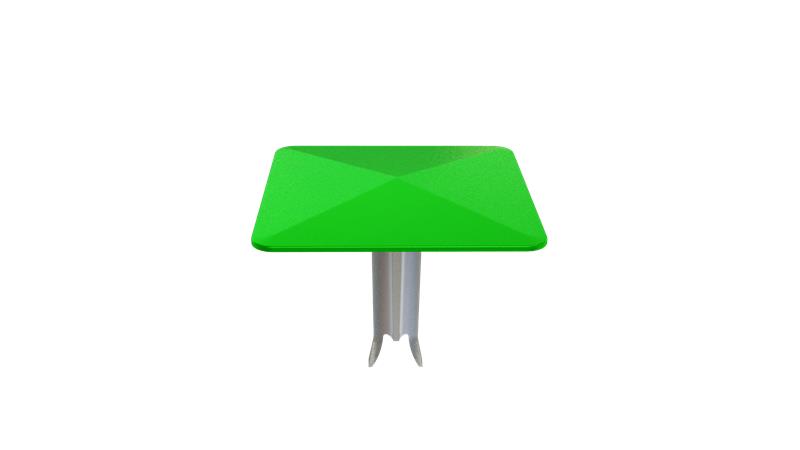What are the features of road studs?
Road studs are uniform in terms of size making them easily recognisable to those that are visually impaired. They measure 100mm squared for square road studs and 100mm in diameter for circular road studs. Road studs have a low profile so as not to impede either foot traffic or vehicles using the highway. They are also non-reflective, ensuring that if they are situated under lights or are lit by headlights, they won’t dazzle pedestrians or drivers. As stated before, the most commonly used aluminium road studs have fantastic cold-weather performance and durability under load.
Customisation
Due to their relatively large size, they are easy to customise with engravings, printing or coloured anodisation.

